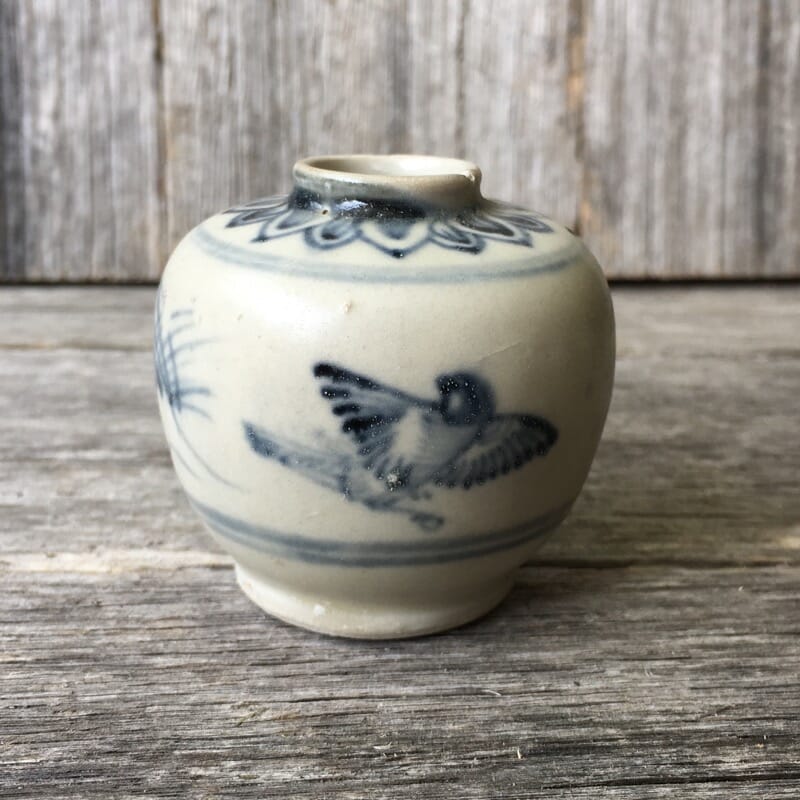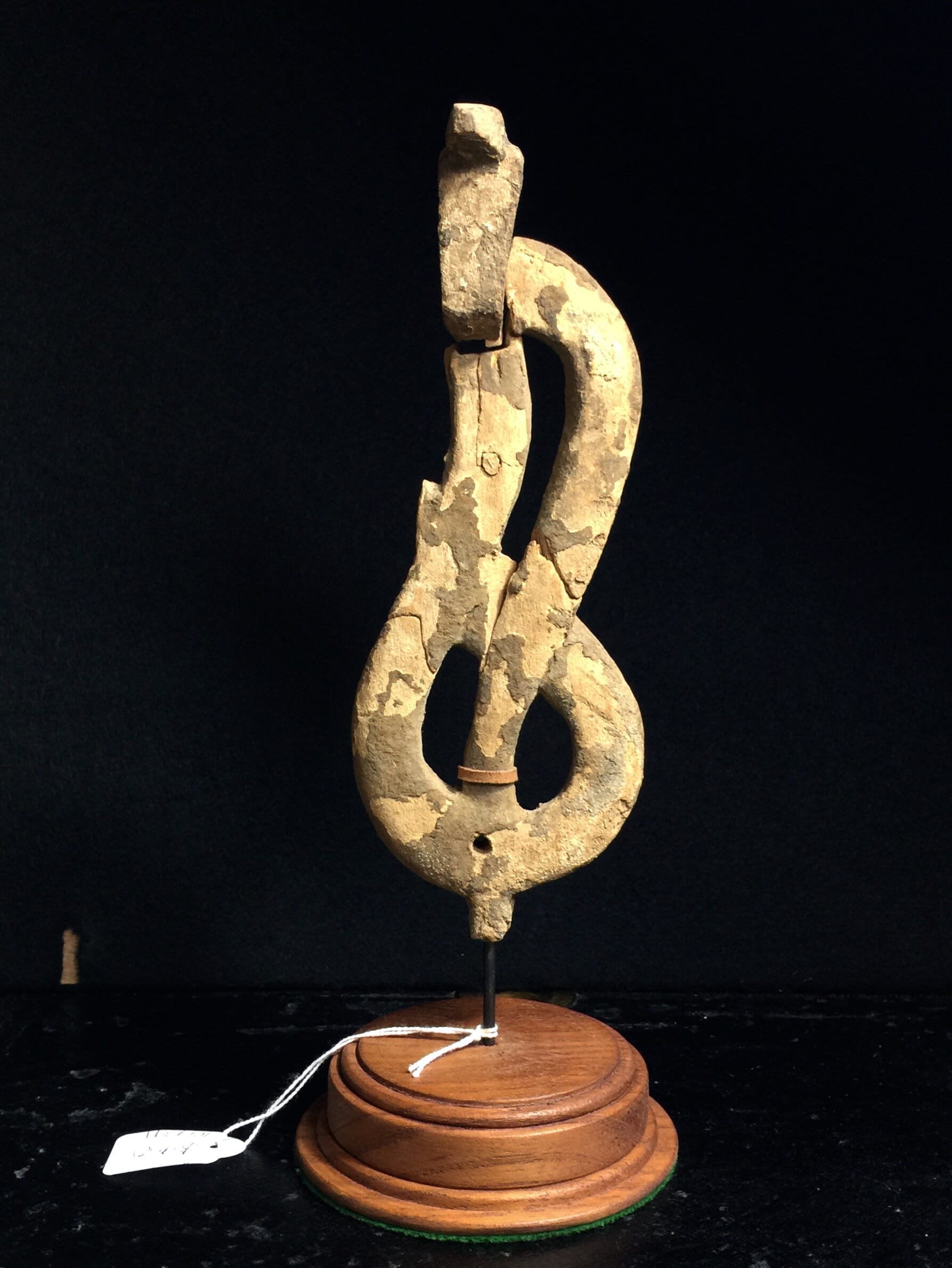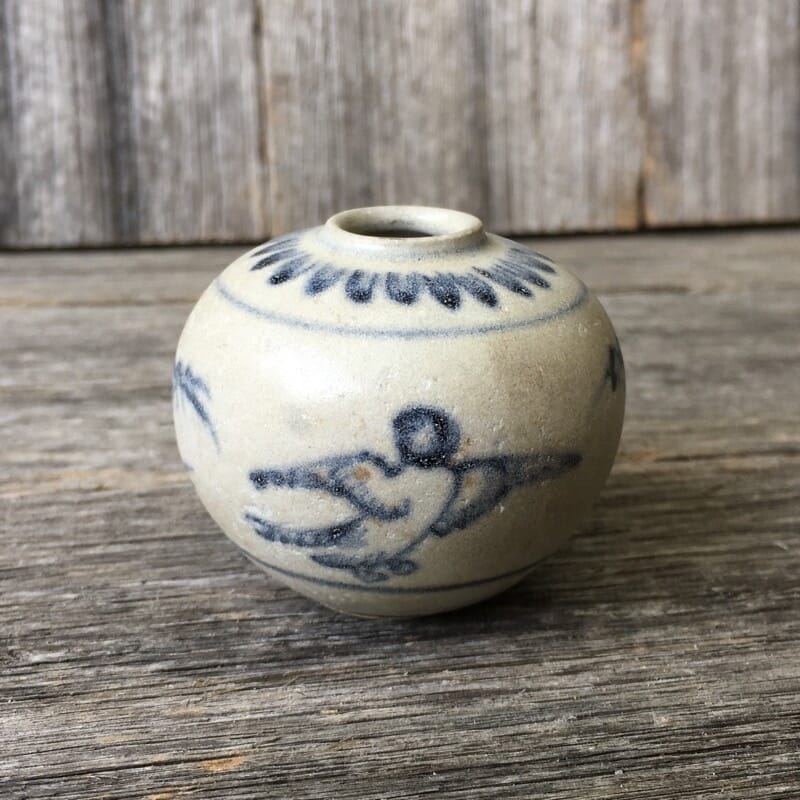Majapahit ( Java) pottery piggy-bank, 15th century AD
$780.00 AUD
Pottery ‘Piggy-Bank’ modelled as a plump pig sitting upright, a money slot in the belly.
Majapahit Empire,
Ancient Java
15th century
22 cm high
some restored cracks to back, nose chip
The Majapahit Empire controlled vast areas of South East Asia in the 14th-15th century from their kingdom in East Java.
The Javanese and Indonesian term ‘cèlèngan’ meant ‘likeness of a wild boar’ and was used to replace both ‘saving’ and ‘piggy bank’ terms. Pigs meant Prosperity, and the transition to holding coins was a natural one which became ritualistic; while some are found with actual ancient coins in them, others have blank imitation disks, suggesting the ritual of placing a coin in the bank was the important aspect.
Europeans began making pig-shaped money boxes some time in the 17th century, with the Dutch being some of the first; can it be coincidence that the Dutch had Java/Indonesian colonies at that time?
| Condition | |
|---|---|
| Size | |
| References |
In stock










